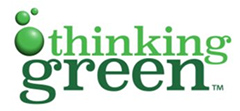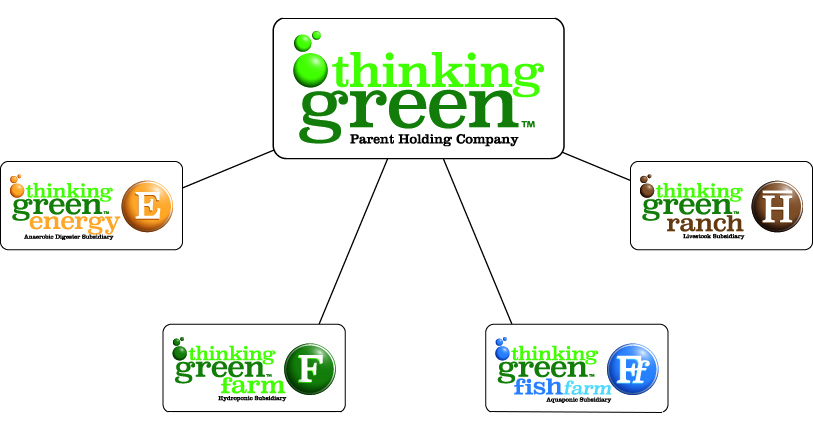|
Our portfolio of farm fruits, vegetables, spices, herbs and exotic produce will be grown in an organic, pesticide free environment. Each facility’s product mix can be “customized” to meet the individual needs of high end restaurants, catering companies and luxury produce retailers in each local market. Vertical farming and/or hydroponics growing produces about 10 times the amount of produce per acre, per year, compared to a traditional soil farmer. This type of growing uses 70 to 90 percent less water than a field farmer as the water is recirculated and goes straight to the plants, resulting in minimal evaporation. Since most pests and diseases are soil-borne and hydroponics is soilless, there are fewer pest and disease problems. This type of growing allows crops that would traditionally be a mono crop to have multiple yields each season. This strategy also allows us to grow the coveted “out of season” berries and other crops. |
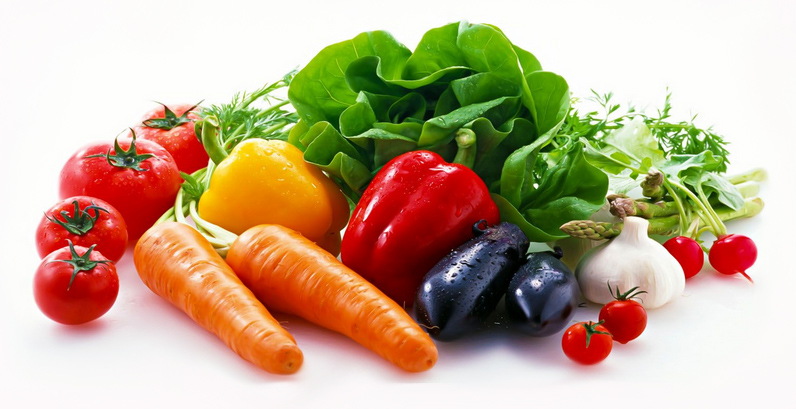
Thinking Green
Aquaculture
Indoor high production Fish Farming.
Our local production allows us to deliver the freshest fish to our clients without freezing, canning or salting.
In many markets, fresh fish is simply unavailable. In some markets, we may find it profitable to grow breeds of
fish that are not typically raised in an aquaculture setting.
We will only undertake aquaculture projects in markets showing a strong demand - coupled with a willingness to pay premium prices.
As with all of our products, our fish will be grown or raised in an organic environment without hormones or inorganic substances.
Our indoor aquaculture farms give protection against pollution, predators and eliminate most of the water loss from evaporation.
Our complete control of environmental factors allows us to avoid all antibiotics, chemicals and hormones.

“an environmentally friendly aquaculture production system where the sysetm outputs are capable of being recycled to create another product”
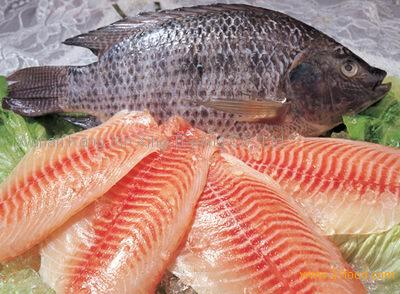
Natural growth processes are used
to minimize potential health and environmental concerns. The feedstock for the animals will also be
grown hydroponically within the facility to "close the loop"
and enable the facility to be entirely self-contained and self-sustaining.
Thinking Green
Energy
Self Contained - Self Sufficient - Closed Loop
Energy and Heat Generation.

Anaerobic digestion of the waste of the animals and foodstuffs will be converted into renewable electricity,
renewable vehicle fuel. The renewable natural gas should produce enough electricity to power all of the facility and fuel for the equipment.
Solar powered greenhouses will contribute additional energy to the facilities.
Our goal is total power self sufficiency, generating a minimal or net zero carbon footprint.
THINKING GREEN's management is actively considering other forms of energy such as algae and electromagnetic
energies and expects to incorporate them into our facilities as they become economically viable.
Other byproducts like organic fertilizer, animal supplements, animal bedding can also be generated.
Solar power will be used primarily for greenhouse and to purify water through reverse osmosis or other technologies.
This generation of renewable energy reduces the carbon footprint of operations by incorporating the
capacity of solar power and anaerobic digestion into a closed-loop agricultural model for self generation
of energy and by-products which go directly to operations or are sold to the public.
These value added by-products will directly reduce costs for the hydroponic
(i.e., fertilizer), fish and animal products (i.e., bedding and animal supplement).
Being "off the grid" with a closed loop system enables THINKING GREEN to produce healthy food and
clean energy virtually anywhere just by ... THINKING GREEN!
Anaerobic Digesters - creating energy out of waste.
Solar Panels that track the sun.
Hot Water Radiant Heated Greenhouses - 100% Sun Powered.
Propane Gas Generation
Plentiful Energy - Minimal Carbon Footprint.
Sales of excess energy production to the public.
Better Nutrition - Better Environmental Stewardship
Minimal Environmental Impact - Thinking Green
Thinking Green
Ranch
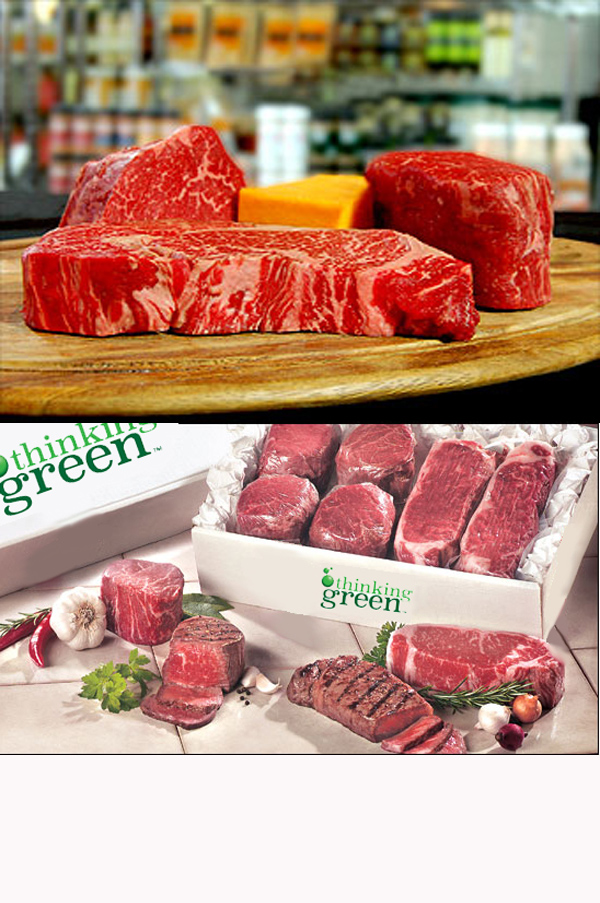
Ultra Premium Meats
Some select THINKING GREEN locations will be suitable for ranching. Obviously, not every
location can accommodate the ranching model, but we have an excellent business model for those
locations where ranching is possible.
THINKING GREEN will package its meat products (beef, pork, poultry, in some cases exotic meats) for sale both locally and nationally.
Local customers will include local chefs, restaurants, grocers, farmers market, local public and private customers.
The national market will be served via internet sales and shipping.
The animals will be raised in a controlled environment. No hormones or inorganic substances will be used.
Natural growth processes will be used in order to minimize potential health and environmental concerns.
Wagyu Beef: Initially, we plan to focus our meat production on ultra-premium Wagyu beef in response to the
huge demand for this high quality and healthy meat from restaurants and private tables across the country.
Wagyu beef typically sells for $110 to $150 per pound. CNN recently featured Wagyu beef in an article entitled
“The World’s Priciest Foods” (click here). We anticipate a very healthy profit margin in both local and national markets.
Custom Meats: we plan to offer restaurant chefs and unprecedented opportunity to select unusual,
special cuts of meat, prepared to their specifications, aged for the exact number of days they request,
and finished to their specification. Again, this will give the restaurant chefs the ability to offer
signature dishes that are simply unavailable at any other restaurant.
While raising cattle on inexpensive range land may appear more cost effective, our low transportation cost,
premium products and premium pricing will more than compensate for our slightly higher cost of production.
